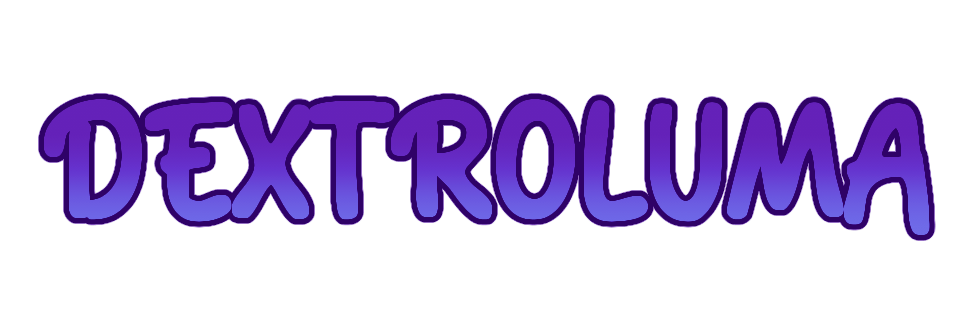Traits
Ice Horns (Regional)
Strangely, ice horns do not at all melt or lose their shape, but they keep the beauty of an ice sculpture rather well. These horns are sometimes mistaken for glass, as they are almost invisible to some!
Fur Growth (Regional)
Some Dextroluma in the Tundra grow fur, which can be of any color, pattern, or texture, and grows anywhere on the body. In the harsh cold, this has offered them a clear advantage in staying warm and surviving. Furred dextroluma who travel, move away, or happen to be born in other regions have found that they can overheat in hotter regions, such as the Volcanic region.
[Rules note: Fur cannot grow in a way that harms or impairs the body (i.e. it cannot cover eyes or impair the throat or replace a leg).]
Paws or Hooves (Regional)
Some Tundra Dextroluma are born with paws instead. Their paws enable them to retain even more warmth compared to other Dextroluma, as they always come with fur (which can be of any color, patterns, or texture, just like fur growth).
Similar to Forest Dextroluma, Tundra Dextroluma also have the chance to be born with hooves. Hooves allow them to forage for mushrooms and other foods easily through thick crusts of snow and ice. Hooves can have skin, hair, or fur on the legs. (Hair and fur can be any color and there’s not any limit on how high they can go, though if it gets off the legs it will count as fur growth too; skin must be the skin color or the fin/glow color).
[Rules note: The common versions of these traits requires all natural legs to match.]
Tusks (Regional)
Researchers theorize that tusks developed in Tundra Dextroluma as an alternative to hooves for foraging, though opinion is split on which is better for the task. Regardless of efficacy, they are considered quite attractive in the tundra! Tusks can either match the Dextroluma’s other teeth, or be made of ice like the Arctic ice horn.





